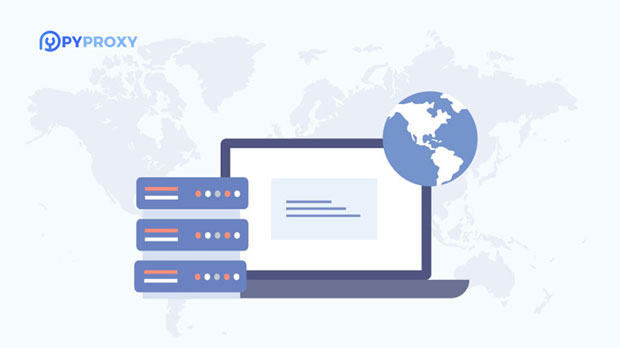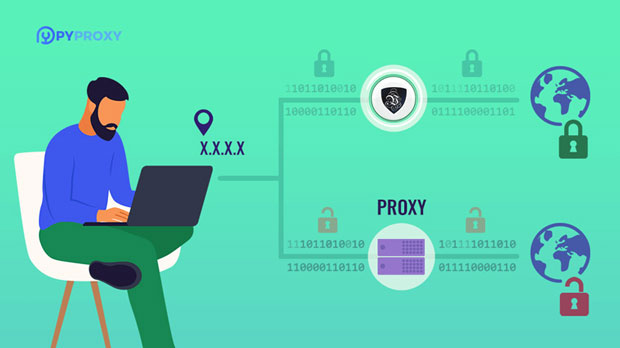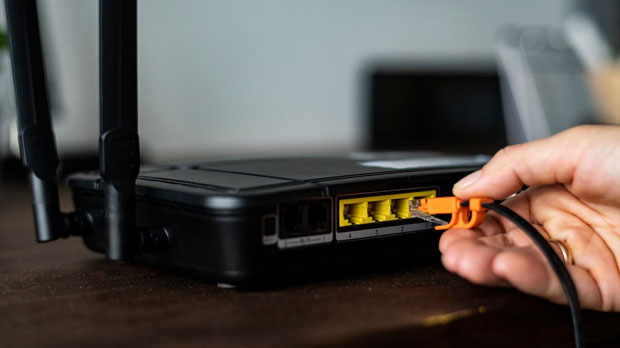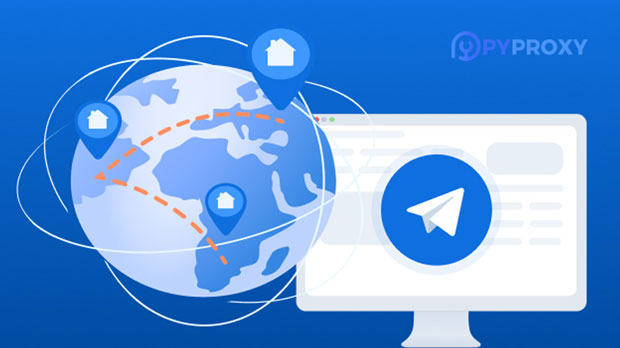In the world of internet browsing, proxy settings play a crucial role in determining how your data is routed and accessed. Google Chrome provides an in-built proxy configuration, allowing users to set up and manage their connections directly within the browser. On the other hand, socks5 proxy, a more specialized protocol, offers a unique way of handling internet traffic. Though both methods serve as intermediaries for user requests, they differ significantly in terms of functionality, security, speed, and overall use cases. This article delves into the distinctions between these two options, explaining how they work, their advantages, and their limitations. Understanding Google Chrome’s Built-in Proxy SettingsGoogle Chrome, like most modern browsers, offers an internal setting for configuring proxy servers. This built-in system operates by using the default operating system proxy settings, which means that any changes made to the system's network configuration will automatically affect Chrome’s connection. Let’s look at its key features:1. Basic Functionality and ConfigurationWhen users configure proxies via Google Chrome's internal settings, they are essentially utilizing the system’s default proxy configurations, typically set up within the operating system (OS) or browser-level network settings. This means Chrome will rely on settings already defined in Windows, macOS, or Linux network configurations, which apply to all applications running on the system.2. Limited FlexibilityThe built-in proxy functionality in Chrome is quite basic and lacks granular control. Users can either enable or disable a proxy but cannot fine-tune aspects like connection type, authentication methods, or advanced routing protocols. This makes it suitable for users who need a quick and simple solution for redirecting traffic without requiring advanced features.3. Security ConsiderationsAlthough Google Chrome’s built-in proxy settings can provide a layer of privacy by masking the user's IP address, they do not inherently offer any encryption. Hence, the traffic remains unprotected between the browser and the proxy server, leaving it susceptible to potential eavesdropping or man-in-the-middle attacks if not configured with an additional secure layer, such as HTTPS.4. Performance ImpactThe performance when using Chrome’s built-in proxy is generally stable, but users may experience slower speeds, especially if the proxy server is not optimized. Additionally, because Chrome relies on the system-wide proxy configuration, changes in the OS proxy settings can affect the overall browsing experience, which may not be desirable in certain cases.Understanding SOCKS5 ProxySOCKS5, or Socket Secure version 5, is a more advanced and flexible protocol designed to handle a wide variety of internet traffic. Unlike HTTP proxies or Chrome's internal proxy system, SOCKS5 works at a lower level of the networking stack, offering several advantages in terms of security, flexibility, and anonymity. Here’s a deeper look:1. Advanced Functionality and Versatility socks5 proxies provide greater flexibility in handling various types of internet traffic, including HTTP, HTTPS, FTP, and more. It allows for handling not just web traffic but also email and P2P protocols like torrenting. SOCKS5 does not modify the traffic, meaning it can forward requests without interpreting or altering the data, making it more versatile than Google Chrome’s internal proxy setting.2. Enhanced Anonymity and PrivacyOne of the main advantages of SOCKS5 is its ability to anonymize user traffic. It does not require any additional authentication beyond a basic username and password (if configured), which enhances its ability to protect the user’s identity. Additionally, SOCKS5 doesn’t leak information about the user’s real IP address through DNS requests or other metadata, as long as proper configuration is in place. This is particularly useful for those seeking to maintain a high level of privacy while browsing the internet.3. No Data ModificationAnother key feature of SOCKS5 is that it does not modify the data being transmitted. This means that applications using SOCKS5 can maintain the integrity of the data as it passes through the proxy, unlike HTTP proxies that might modify data or inject headers. This makes SOCKS5 a preferred option for secure and private browsing, as well as for specialized tasks like bypassing geo-restrictions or accessing content securely.4. Security FeaturesSOCKS5 itself does not provide encryption. However, it allows users to layer their data with additional security protocols, such as using HTTPS for secure browsing. With proper encryption in place, SOCKS5 can offer a highly secure connection, making it ideal for users concerned about security and privacy during online activities.5. Performance and SpeedIn terms of speed, SOCKS5 is often faster than Google Chrome’s internal proxy settings, as it allows for a direct route with minimal data modification. Additionally, SOCKS5 doesn’t require the same level of processing power for routing as other proxy types, which can translate to better overall performance, particularly for high-bandwidth applications.Key Differences Between Google Chrome's Built-in Proxy and SOCKS5Now that we have explored the individual features of both systems, let’s compare them more directly across various parameters:1. Scope and FlexibilityGoogle Chrome’s built-in proxy setting is tied to the operating system’s network configuration, making it less flexible than SOCKS5. While the built-in proxy is suitable for basic browsing needs, it lacks the versatility that SOCKS5 provides in handling multiple protocols, offering more advanced routing options, and customizing traffic for different use cases.2. Privacy and SecuritySOCKS5 provides stronger privacy guarantees than Chrome’s built-in proxy. SOCKS5 can better anonymize user traffic and avoid DNS leaks, giving users greater protection against surveillance or tracking. Chrome’s proxy settings, on the other hand, depend heavily on the operating system’s network setup, and without additional security measures, it may leave the connection vulnerable to certain types of attacks.3. Performance and SpeedWhile both options can impact performance depending on the proxy server's efficiency, SOCKS5 generally offers faster speeds and more stable performance, especially when used for more specialized tasks like torrenting or P2P communications. Chrome’s built-in proxy system may introduce latency, especially if the proxy server is not optimally configured or if the system-wide proxy settings cause conflicts.4. Complexity of SetupConfiguring SOCKS5 is often more complex than using Google Chrome’s built-in proxy settings. While Chrome’s internal settings are user-friendly and simple to set up, SOCKS5 typically requires a third-party client or additional software installation, especially for advanced configurations or for specific applications.5. Use Case SuitabilityFor casual web browsing, Google Chrome's built-in proxy may suffice, as it’s easy to configure and doesn’t require a lot of technical knowledge. However, for users who prioritize privacy, security, and advanced routing capabilities, SOCKS5 is the more suitable option. It is particularly beneficial for tasks like bypassing censorship, streaming geo-restricted content, or engaging in private communications.ConclusionWhile both Google Chrome’s built-in proxy settings and SOCKS5 proxies can fulfill the role of an intermediary between users and the internet, they cater to different needs. Google Chrome’s built-in proxy is a basic tool for redirecting web traffic, with limited flexibility and no inherent security features beyond masking the IP address. In contrast, SOCKS5 offers advanced functionality, better privacy, and enhanced security for those looking to perform more specialized tasks or seeking better performance.Ultimately, the choice between the two depends on the user’s needs and technical expertise. Casual users may find Google Chrome’s built-in proxy sufficient, while those looking for greater control, privacy, and flexibility should consider using SOCKS5 for a more robust and secure browsing experience.
Jan 09, 2025
![arrow]()




























































